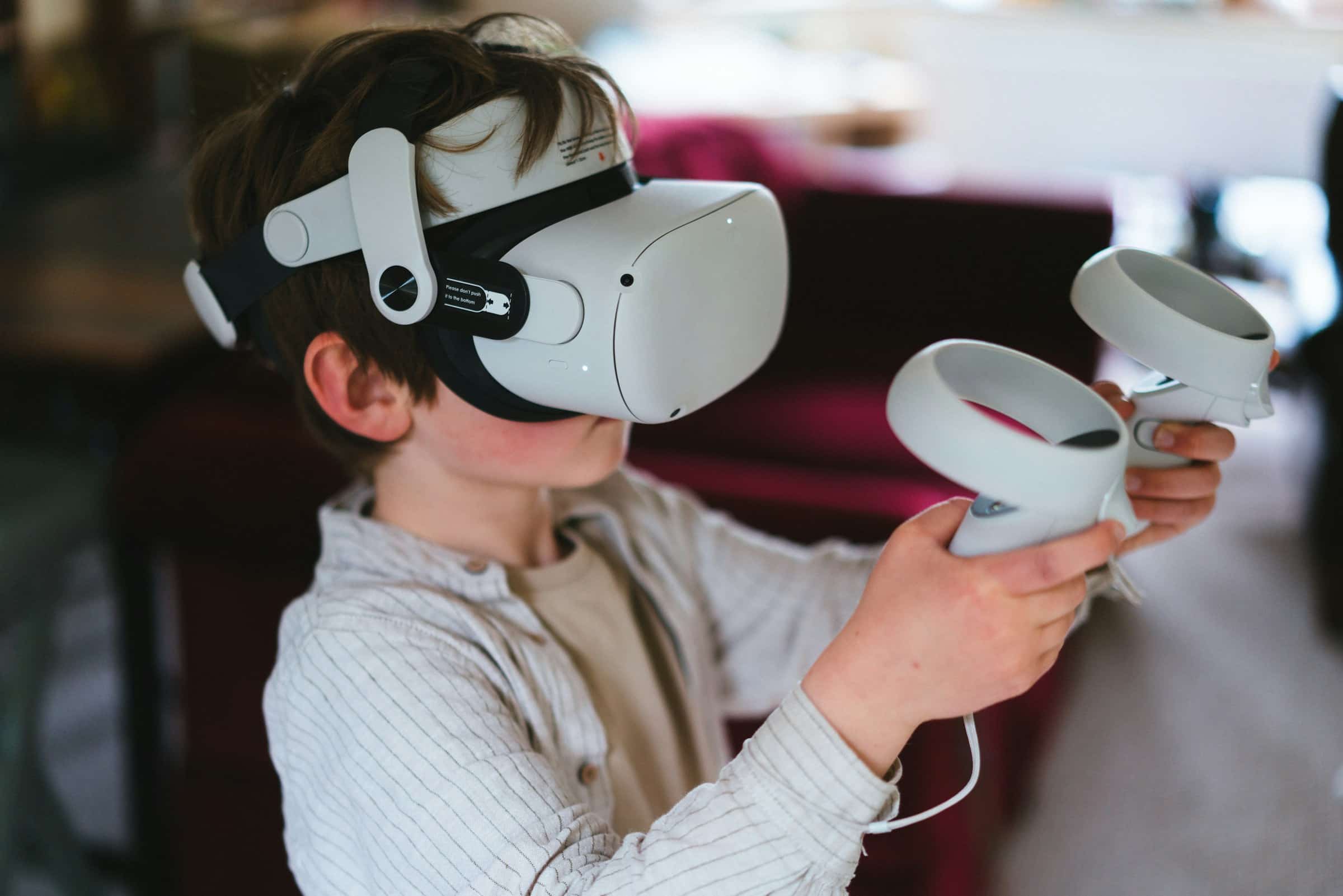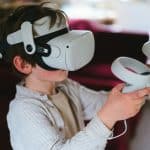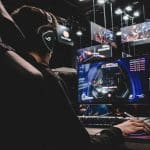In the rapidly progressing world of virtual reality (VR) gaming, a smooth, immersive experience is the key to success. Users are always in pursuit of a gaming environment that not only feels real but moves and reacts in real-time. One crucial factor in achieving this realism is the game’s frame rate. The frame rate, measured in frames per second (fps), is the speed at which the game displays images. High frame rates result in smooth gameplay, while low frame rates can cause stuttering and lag, disrupting the user experience. Therefore, it’s essential to optimize frame rates to provide a seamless and immersive VR gaming experience. Herein, we’ll explore methods for ensuring smooth frame rates in VR games.
How does Hardware Impact Performance?
The performance of your VR game is highly dependent on the hardware of your system. The more powerful the hardware, the higher the potential for a smooth gaming experience. Understanding the relationship between hardware and performance can help you optimize your VR settings for a seamless experience.
En parallèle : How can AR technology be used to create interactive storytelling experiences?
The primary hardware components that affect the frame rate are the Graphics Processing Unit (GPU), the Central Processing Unit (CPU), and the Random Access Memory (RAM). The GPU, in particular, plays a critical role in rendering images quickly and smoothly. High-end GPUs are designed to handle the high computational demands of VR games, enabling them to run at high frame rates without any noticeable lag or stuttering.
On the other hand, the CPU handles the game’s logic, including input from the user and artificial intelligence for non-player characters. A powerful CPU ensures that the game runs smoothly without any delays in input processing or gameplay logic. Meanwhile, sufficient RAM allows for quick access to the game’s assets, ensuring that they can be quickly loaded and displayed on screen.
Dans le meme genre : What are the ethical considerations of using AI to monitor player behaviors?
Upgrading your hardware can significantly improve the performance of your VR games. However, if you’re on a budget, there are other ways to boost performance without spending a dime.
In-Game Settings and Optimization
Optimizing your in-game settings is another effective way to ensure smooth frame rates in VR games. These settings will allow you to adjust the game’s visuals and performance to best match your hardware’s capabilities.
The most significant settings to adjust are the resolution and the graphics quality. Lowering the resolution can significantly boost the frame rate as it reduces the amount of data that the GPU needs to process. However, it can also reduce the visual quality of the game. On the other hand, lowering the graphics quality can improve performance without affecting the resolution. This involves reducing the details in the game’s textures, shadows, and lighting effects.
It’s essential to strike a balance between visual quality and performance. Lowering the settings too much can make the game look poor, while setting them too high can cause performance issues.
Developers Role in Frame Rate Optimization
Developers play a crucial role in ensuring smooth frame rates in VR games. They have a range of tools and techniques at their disposal to optimize the game’s performance without sacrificing visual quality.
One of these techniques is Level of Detail (LOD) optimization. In this technique, objects that are far away from the user are rendered with less detail than those that are close. This reduces the load on the GPU, allowing it to render the images faster and maintain a high frame rate.
Another technique is occlusion culling, where objects that are not visible to the user (because they are behind other objects) are not rendered by the GPU. This also reduces the load on the GPU, improving the frame rate.
Developers also use tools like profiling and benchmarking to identify performance bottlenecks in their games. They can then focus on these areas to improve the game’s overall performance.
Adaptive Performance and Future of VR Gaming
As VR gaming continues to evolve, new methods for maintaining smooth frame rates are being developed. One of these is adaptive performance.
Adaptive performance is a feature that automatically adjusts the game’s settings based on the performance of the hardware. This ensures that the game always runs at the optimal frame rate for the user’s system.
With adaptive performance, the game can dynamically adjust the resolution, graphics quality, and other settings to maintain a high frame rate. This eliminates the need for users to manually tweak their settings, providing a more user-friendly experience.
The future of VR gaming holds many promises. With advancements in technology and a deeper understanding of optimization techniques, we can expect VR games to deliver increasingly smooth, immersive experiences. The key to this progress lies in the ongoing collaboration between hardware manufacturers, game developers, and users, all striving for the ultimate VR gaming experience.
Addressing Motion Sickness through Frame Rate Optimization
Motion sickness is a common problem faced by many users in the VR gaming world. This discomfort is often caused by a mismatch between what the user’s eyes see in the VR world and what their body feels in the real world. One way to mitigate this is by ensuring a smooth and high frame rate in VR games, thus creating a more realistic and comfortable virtual experience.
Firstly, maintaining a consistent frame rate can significantly reduce the risk of motion sickness. When the frame rate is inconsistent or fluctuates, it can result in stuttering or lagging visuals, disrupting the user’s sense of immersion and potentially leading to discomfort. Therefore, game developers must use their performance optimization tools effectively to ensure a stable frame rate.
Secondly, optimizing draw calls can also contribute to reducing motion sickness. Draw calls are the commands that the CPU sends to the GPU to render objects in the game. Too many draw calls can overload the CPU, leading to a drop in the frame rate. Developers can reduce draw calls using various techniques, such as batching, where multiple similar objects are grouped together and rendered in a single draw call.
While enabling a smooth frame rate can help prevent motion sickness, it’s equally essential to provide options for users to customize their gaming experience. For instance, options to adjust the field of view, movement speed, and turning style can allow users to create a comfortable and immersive experience that suits their personal preferences.
Embracing New Technologies for Frame Rate Optimization
Emerging technologies like foveated rendering and eye tracking are showing great potential in enhancing frame rate optimization in VR games. Both technologies are designed to work together to deliver a more efficient and immersive VR gaming experience.
Foveated rendering is a technique that reduces the rendering workload by focusing on the area where the user is currently looking, known as the fovea. This area is rendered in high detail, while the rest of the scene, the peripheral vision, is rendered in lower detail. This technique significantly reduces the amount of processing power required, leading to better frame rates and less power consumption.
On the other hand, eye-tracking technology is used to determine where the user is looking in the VR environment. This information is then used to guide the foveated rendering process, ensuring that the high-detail rendering is always focused on the right area.
Both these technologies are becoming more common in VR headsets, with manufacturers like Oculus Rift and HTC Vive adopting them in their latest models. By alleviating the performance issues tied to rendering, these technologies are set to improve the overall visual quality and smoothness of the VR experience.
Ensuring a smooth frame rate in VR games is crucial for delivering a seamless and enjoyable gaming experience. Whether it’s upgrading hardware, optimizing in-game settings, using effective game development techniques, or embracing new technologies, there are numerous ways to achieve this goal.
As we continue to push the boundaries of VR technology, the focus on frame rate optimization will undoubtedly remain a central issue. However, with the cooperative efforts of hardware manufacturers, game developers, and users, we are steadily moving towards a future where motion sickness and performance issues are a thing of the past, and high-quality, immersive VR gaming is the norm.











